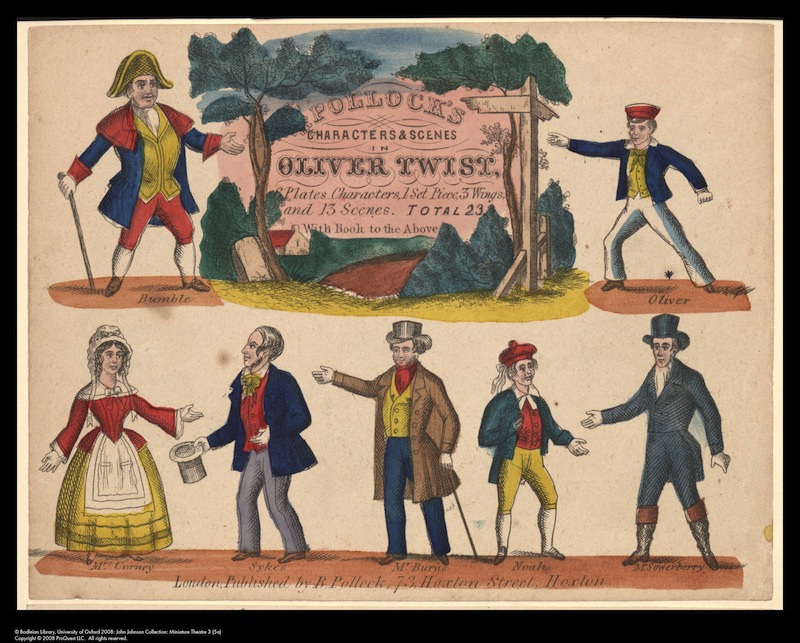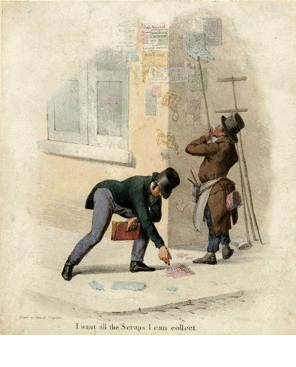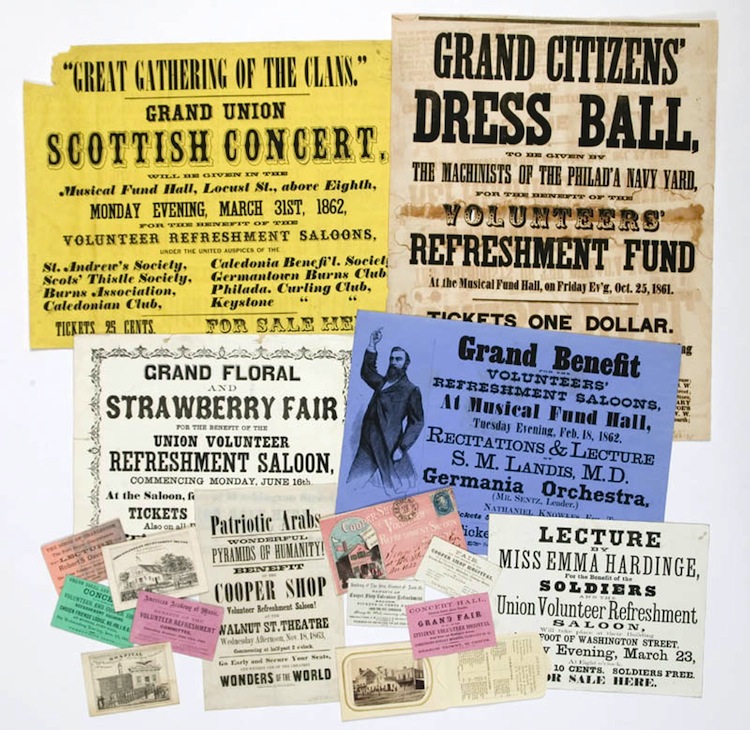The John Johnson Collection is one of the most important collections of printed ephemera in the world. It was assembled by John de Monins Johnson between c.1923 and 1956 and was housed at the Oxford University Press (where it was called The Constance Meade Collection of Ephemeral Printing) until its transfer to the Bodleian Library in 1968. Johnson collected retrospectively, establishing 1939 as his terminus ante quem (although there are exceptions). While the majority of material dates from the 18th, 19th and early 20th centuries, there is ephemera dating back to 1508. There are over 1 million items in the original collection. The material is principally British.
The Collector
John de Monins Johnson was born in Lincolnshire in 1882, second son of John Henry Johnson and Anna Braithwaite, née Savory. He attended Magdalen College School, Oxford and gained a scholarship to Exeter College, Oxford, where he read Classics. Planning a career in the Egyptian Civil Service, he stayed a further year to read Arabic. Political developments in Egypt led to a change in career. Johnson became instead a papyrologist, discovering a papyrus by Theocritus pre-dating by 900 years any previously known manuscript of the author. The First World War interrupted this work. A weak heart meant that he was unfit for military service and Johnson returned to Oxford to seek wartime employment.
He was given a job at the Oxford University Press as Assistant Secretary to the Delegates of the Press under Charles Cannan, whose daughter, Dorothea, he married in 1918. They had a son, Charles, and a daughter Paulla. Johnson’s success as the Press meant that he did not return to papyrology but remained at the Press becoming Printer to the University from 1925 to 1946. In 1928 he was awarded an Hon D.Litt for his work on the Oxford English Dictionary.
He kept the Press running throughout the Second World War during which, being responsible for the security of the Press and the surrounding area, he lived on the premises. His Collection formed his only recreation throughout this time. He was also able to work on it for the ten years of his retirement until his death in 1956.
Printed Ephemera
The term Printed Ephemera, was used by John Johnson, most often in the form: “the ephemera of printing.” It entered the public consciousness principally through John Lewis’s seminal work Printed Ephemera. The Changing Uses of Types and Letterforms in English and American Printing. Ipswich, W.S. Cowell, 1962, reprinted Woodbridge, Antique Collectors’ Club, 1990.
Johnson defined printed ephemera as:
“Everything which would ordinarily go into the waste paper basket after use, everything printed which is not actually a book …”
Printed ephemera,uninterpreted documentation of the past, has gained academic respectability as primary source material for social, printing, local and family historians.









